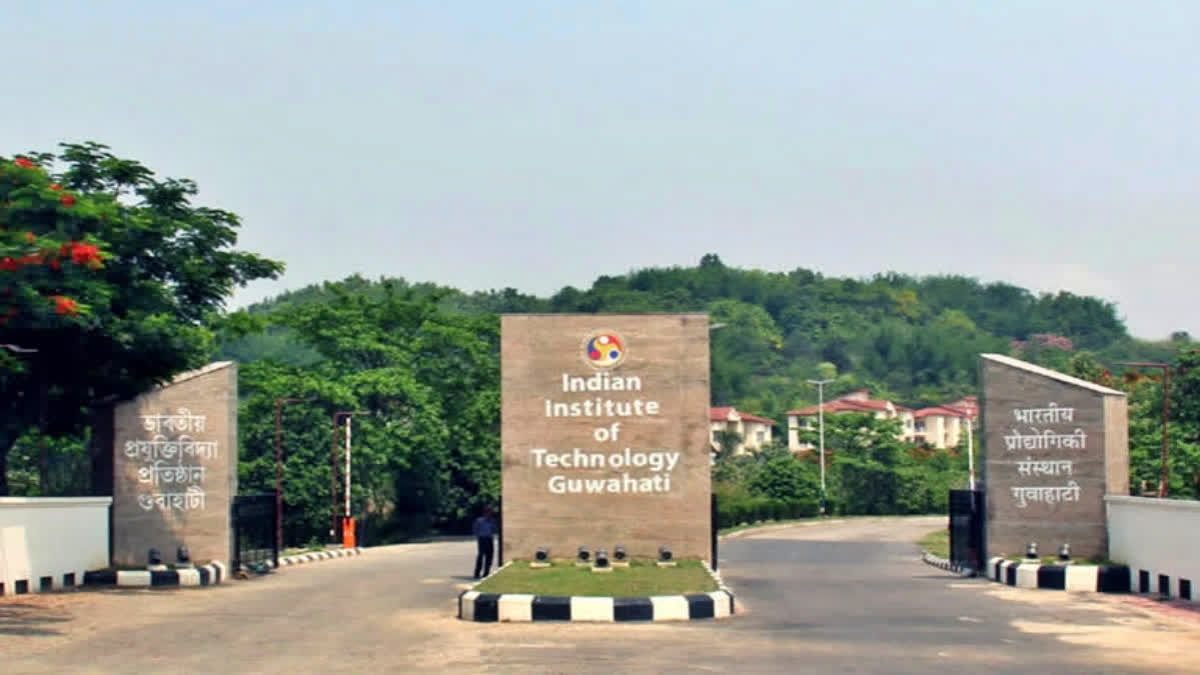New Delhi: Researchers at Indian Institute of Technology (IIT), Guwahati in collaboration with international scientists have proposed a novel scenario to explain the matter-antimatter imbalance in the Universe.
A study by the researchers sheds light on one of the long-standing mysteries in the field of cosmology surrounding dark matter and Baryon Asymmetry in the Universe (BAU). The research which has been funded by the Science and Engineering Research Board (SERB), has been published in Physical Review D. According to officials, only about 5 per cent of the Universe comprises visible or baryonic matter, such as stars and galaxies. The remaining approximately five times this visible matter is composed of dark matter, a substance that does not emit light. While the origin of dark matter remains elusive, visible matter is known to consist of baryons (matter) and a minimal amount of antibaryons (antimatter).
"The Universe was expected to have an equal amount of matter and antimatter in the beginning. Any initial imbalance should have been rectified during the rapid expansion phase known as inflation. But today we observe surplus matter. This mystery, known as the baryon asymmetry in the Universe (BAU) contradicts our predictions and remains unsolved, challenging our understanding of the early Universe," said Debasish Borah, Associate Professor, Department of Physics, IIT Guwahati.
Borah, who led the research, said the fact that neither the mystery of dark matter nor the BAU puzzle can be solved using the standard model of particle physics, challenged the researchers to go beyond the standard model. "We have proposed a scenario where baryon asymmetry arises from the decay of dark matter, indicating a common origin. While dark matter is traditionally considered stable over cosmological timescales, we are proposing the possibility of its decay in the early Universe due to specific temperature-induced corrections to its mass, making its decay energetically feasible," he said.
International researchers includes Arnab Dasgupta from University of Pittsburgh, Matthew Knauss from the High Energy Theory Group at William and Mary university in the US and Rishav Roshan from Kyungpook National University in South Korea. "In our model of the early Universe, dark matter transforms into regular matter due to temperature effects, generating an imbalance between matter and antimatter. We first propose a unique type of dark matter, a singlet fermion, influenced by a scalar field. The associated scalar field may act as an inflation during the Universe's early expansion or can lead to a strong first order phase transition," Borah said.
"Due to energetically feasible decay in the early Universe, dark matter partially decays into ordinary matter creating the BAU. As the Universe cools, dark matter stabilises, leaving a residue observed as dark matter today. This process not only explains dark matter but also contributes to the creation of visible matter, affecting matter-antimatter asymmetry," he added.
